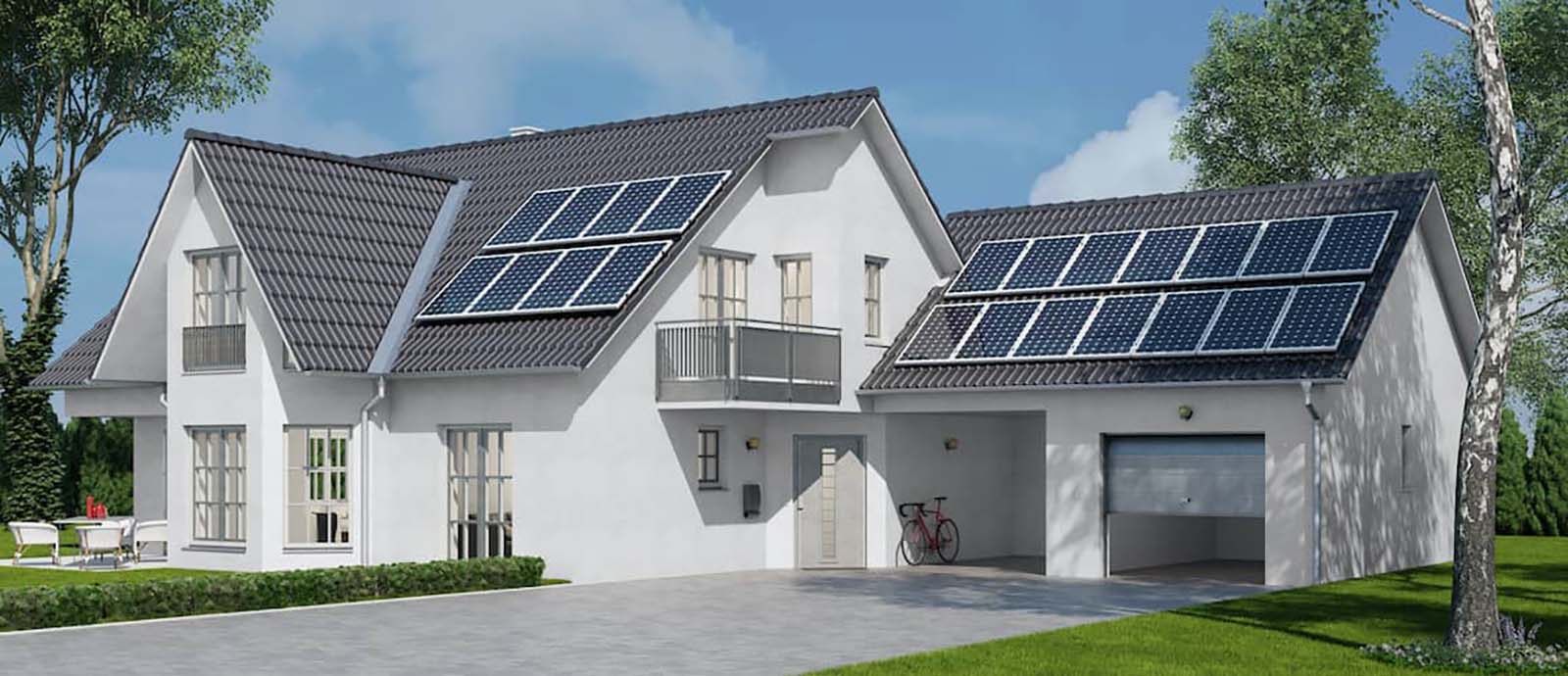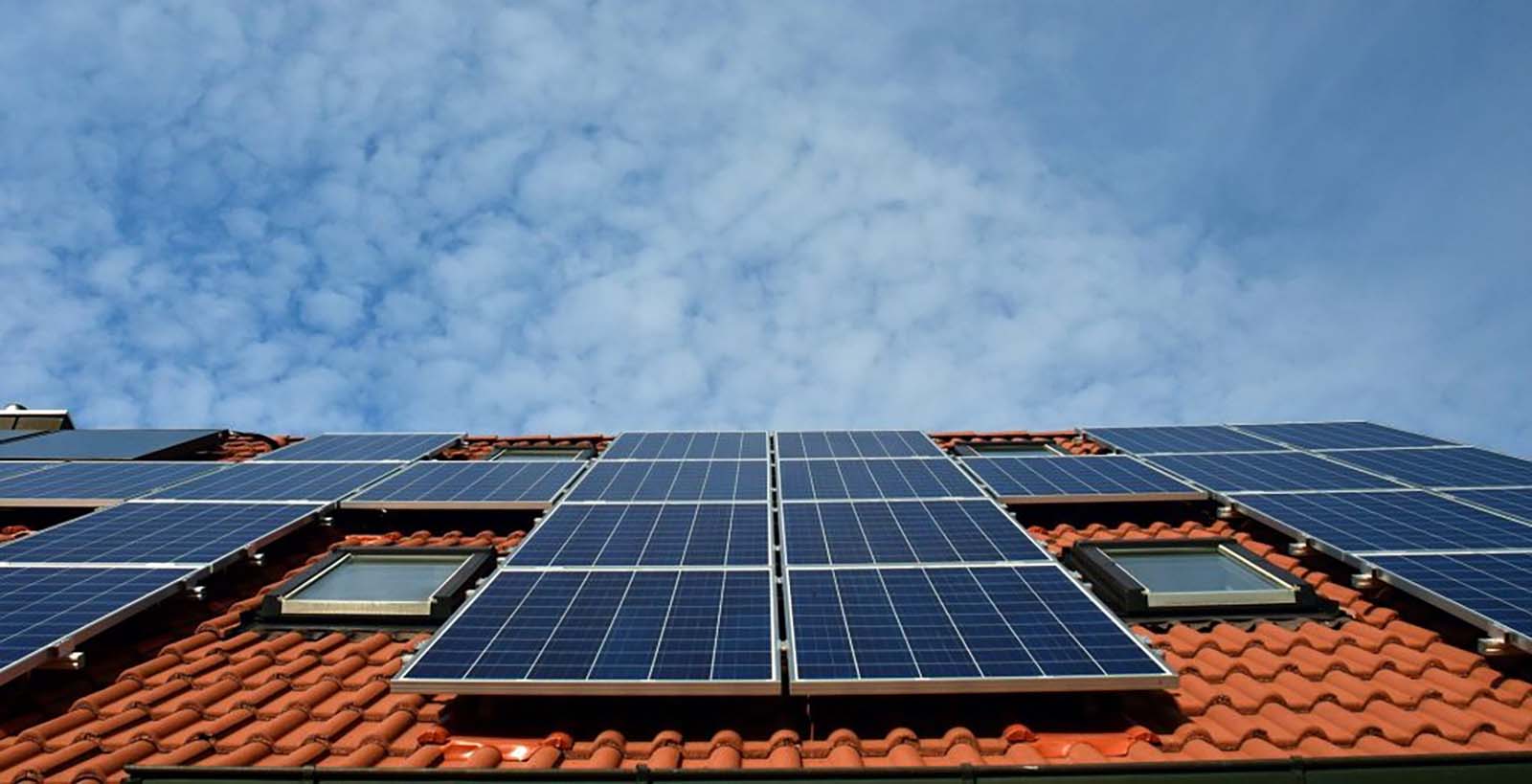Title: Understanding the Power Output of a 10kW Solar System

Introduction to Solar Power and 10kW Systems
1. Harnessing Solar Energy
When it comes to clean and sustainable energy sources, solar power stands out as one of the most abundant and accessible options available. Solar panels, typically made from silicon cells, convert sunlight into electricity through a process known as the photovoltaic effect. This energy conversion has led to the widespread adoption of solar systems for residential, commercial, and industrial applications.

One common size of solar system is the 10kW system, which refers to its power output capability. But how much power does a 10kW solar system actually produce? Let’s delve deeper to find out.
2. Power Generation of a 10kW Solar System
A 10kW solar system is designed to generate approximately 10 kilowatts of power under ideal conditions, assuming ample sunlight and optimal panel orientation. This power output can vary depending on several factors such as geographical location, weather conditions, and shading issues.

On average, a 10kW solar system can generate around 40-50 kilowatt-hours (kWh) of electricity per day. However, it’s important to note that solar panels only produce power during daylight hours, and the output will decrease during times of reduced sunlight, such as cloudy days or nighttime.
3. Maximizing the Power Output
To maximize the power output of a 10kW solar system, certain considerations should be taken into account:
1. Geographical Location: The amount of sunlight received varies based on the latitude, longitude, and climate of a particular area. Generally, regions closer to the equator receive more direct sunlight, resulting in higher energy generation.
2. Panel Orientation and Tilt: The angle and direction of the solar panels greatly influence their performance. It is recommended to position the panels facing south in the northern hemisphere and north in the southern hemisphere to capture the maximum amount of sunlight throughout the day.
3. Shading and Obstructions: Shadows cast on solar panels can significantly reduce their efficiency. Therefore, it’s crucial to minimize any obstructions that could block sunlight from reaching the panels, such as trees or nearby buildings.
4. Environmental and Economic Benefits
Investing in a 10kW solar system provides numerous benefits beyond just power generation. Some key advantages include:
1. Reduced Carbon Emissions: Solar power is a clean source of energy, producing zero greenhouse gas emissions. By utilizing solar energy, the reliance on fossil fuels is diminished, resulting in a decreased carbon footprint.
2. Lower Energy Costs: Solar power enables homeowners and businesses to generate their own electricity, reducing reliance on utility companies and potentially lowering energy bills in the long run.
3. Energy Independence: With a 10kW solar system, individuals and organizations can become more self-sufficient, reducing their dependence on the grid and ensuring a more stable and reliable energy supply.
Conclusion
In conclusion, a 10kW solar system has the potential to generate around 40-50 kWh of electricity per day under optimal conditions. By optimizing panel orientation, minimizing shading, and considering geographic location, individuals and businesses can maximize the power output of their solar systems, while also enjoying the environmental and economic benefits associated with solar energy. Invest in solar power today to pave the way for a sustainable future.

